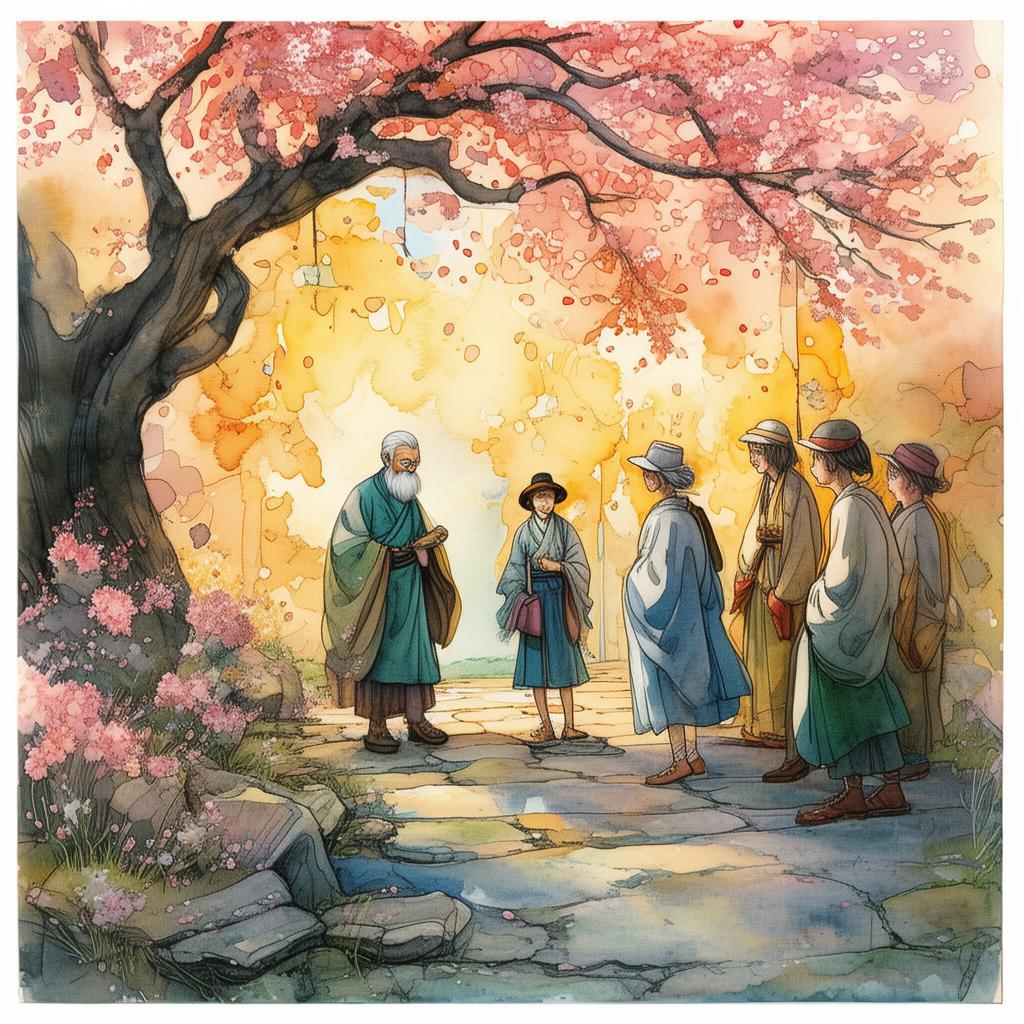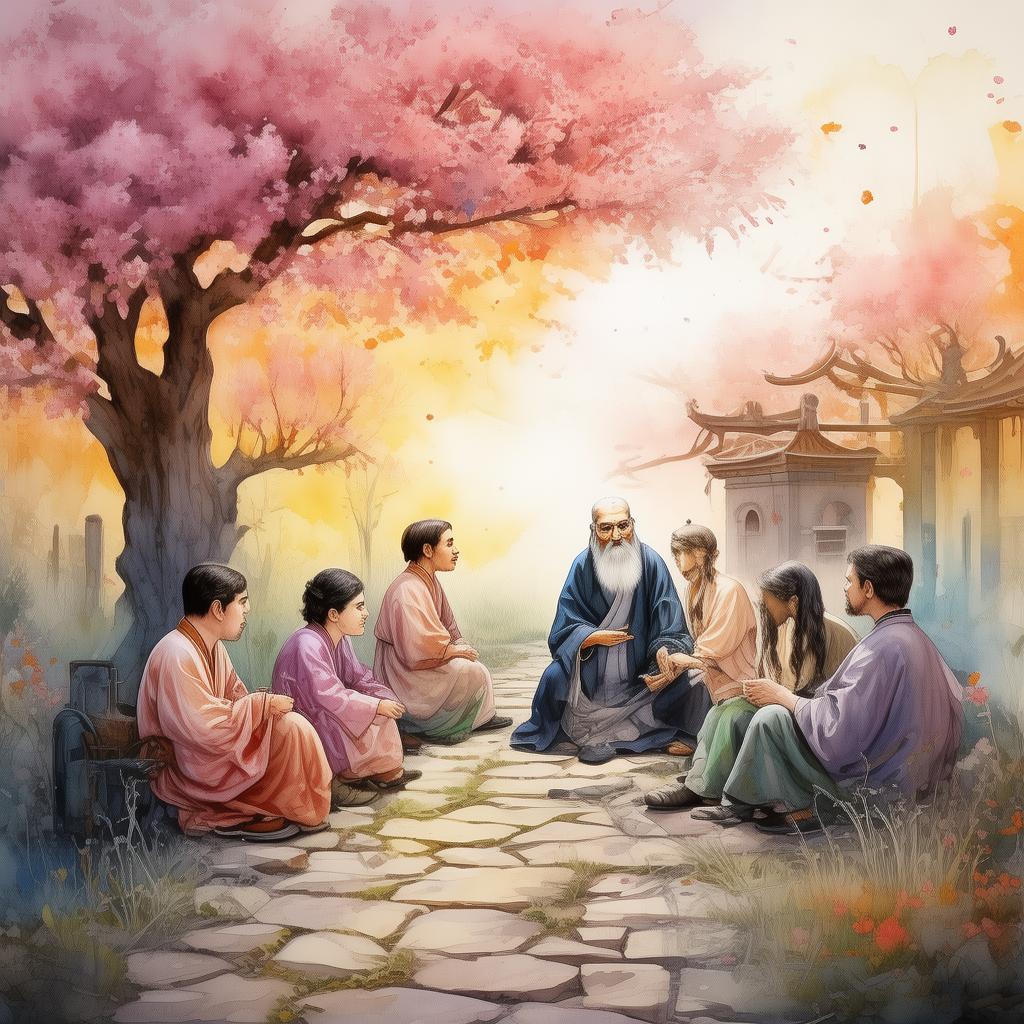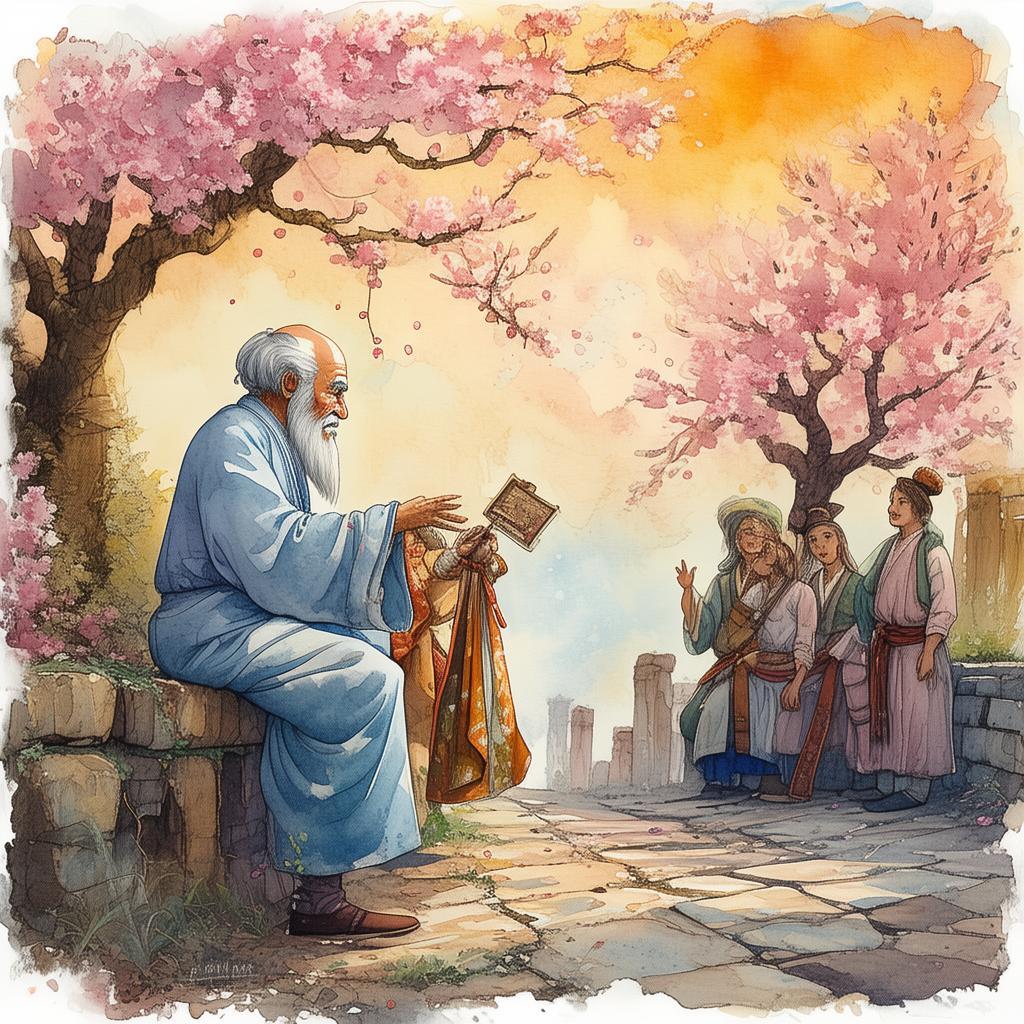The Sartorial Standoff: A Fashion Dad's Dress Code Dilemma
Once upon a time, in a quaint town nestled between rolling hills and a meandering river, there lived a family as unique as the weather patterns that danced above their quaint abode. Mr. Wang, the patriarch of the Wang family, was a man whose love for fashion transcended seasons. He had a knack for pairing the most peculiar items that only a fashionista’s eye could appreciate. His home was a gallery of his eclectic tastes, from the art on the walls to the furniture that seemed to have been plucked from another era.
His daughter, Meiling, was his pride and joy, a true fashionista in the making. She was known throughout the town for her impeccable sense of style, her outfits a blend of vintage chic and avant-garde flair. Meiling's wardrobe was a treasure trove of handcrafted garments, each piece a testament to her creative spirit.
It was the beginning of the school year, and the Wangs were greeted with the annual school dress code memo. The document was a list of rules and regulations that seemed to have been written with the intent of squashing creativity. Meiling, however, saw it as an opportunity to challenge the status quo.
"The dress code is oppressive!" Meiling declared, her eyes blazing with the fire of rebellion. "How can we express ourselves if we're told what to wear?"

Her father, Mr. Wang, who had always supported her passion for fashion, sighed. "Meiling, the dress code is in place for a reason. It ensures that every student can focus on their education without distractions."
The conflict simmered as the school year progressed. Each day brought new challenges. Meiling would arrive at school in an outfit that was both a statement and a defiance. Her teachers would call her out, and Mr. Wang would be called in. The tension between the school’s rules and Meiling's individuality reached a crescendo.
One morning, as the sun rose like a golden coin from behind the hills, Meiling presented herself in a skirt made of mismatched curtains, her shirt a patchwork of fabric from old jeans. The school principal, a conservative man, was not amused.
"Miss Wang, this is unacceptable. You must adhere to the dress code or face disciplinary action."
Meiling stood her ground, her voice steady despite the heat that seemed to rise from the floorboards. "But Mr. Principal, the dress code is outdated and oppressive. It's time we embrace self-expression."
The principal's face turned red with anger. "This is not a matter of opinion. The dress code is a rule, and you will follow it."
Meiling's father stepped forward, his hands clasped behind his back. "Mr. Principal, we understand the need for a uniform policy, but creativity and individuality are important, too. Could we have a compromise?"
The principal's gaze flickered between Meiling and Mr. Wang. "Compromise? This is a zero-tolerance policy. You must choose: follow the dress code or face the consequences."
It was a stand-off, a battle of wills. Meiling refused to bend, and Mr. Wang refused to watch his daughter be cowed by the establishment. The school's administration threatened suspension, but Meiling stood firm.
As the days passed, the story of the sartorial standoff spread through the town. Neighbors, friends, and even strangers took sides, some supporting the school’s rules, others rallying behind Meiling's right to express herself.
The climax came on a day when the school board convened to discuss the dress code. Meiling stood before them, her voice clear and strong. "The dress code is a symbol of control and suppression. It stifles creativity and individuality. We should be encouraged to express ourselves, not punished for it."
The board members exchanged glances, clearly taken aback by the young girl's eloquence. In the end, the board agreed to reconsider the dress code, taking into account the need for balance between uniformity and self-expression.
The ending of the story was not a twist, but a reflection. Meiling and her father had fought for a cause that was more than just a dress code. They had fought for the right to be themselves, to express their creativity in a world that often tries to suppress it.
Meiling's outfit, once a symbol of defiance, became a catalyst for change. The school board’s decision to revisit the dress code was a testament to the power of one voice standing up for what they believed in.
In the end, Meiling and her father had not only won the dress code debate but also sparked a conversation about the importance of self-expression and the balance between tradition and personal style.
✨ Original Statement ✨
All articles published on this website (including but not limited to text, images, videos, and other content) are original or authorized for reposting and are protected by relevant laws. Without the explicit written permission of this website, no individual or organization may copy, modify, repost, or use the content for commercial purposes.
If you need to quote or cooperate, please contact this site for authorization. We reserve the right to pursue legal responsibility for any unauthorized use.
Hereby declared.









